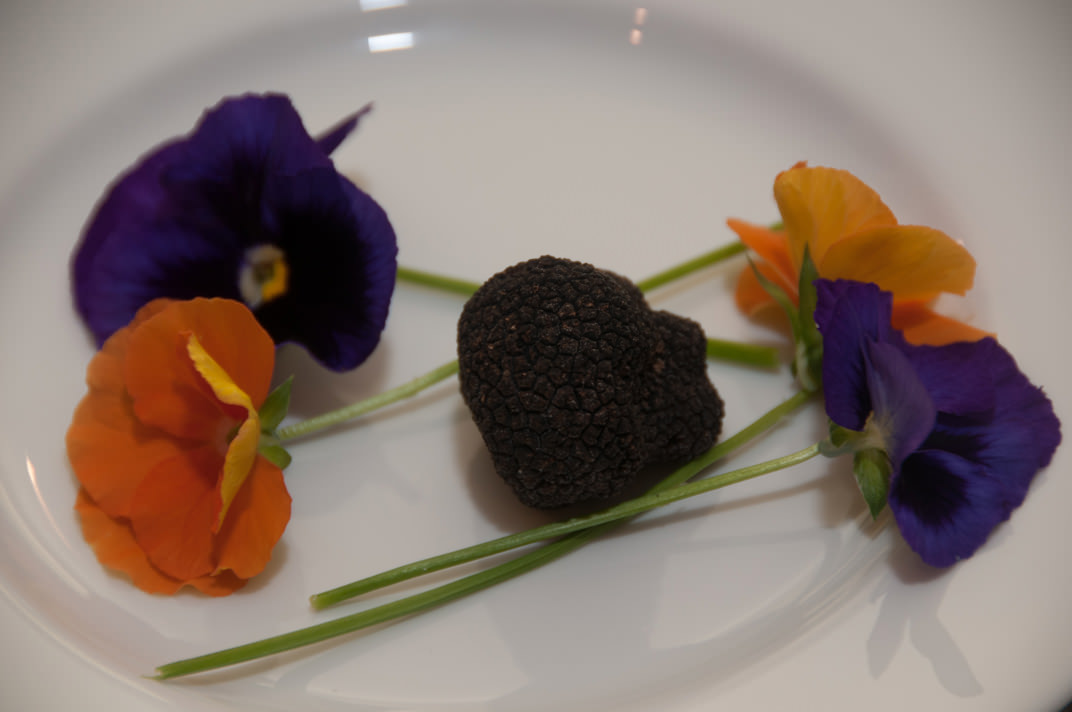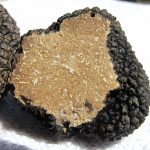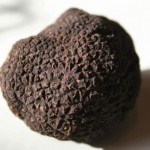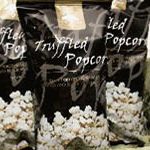Black & White Truffles: The Culinary Lowdown
20 May 2014, by in Truffle FavesBeing the delicate ingredients that they are, any culinary endeavor that involves truffles must be pulled off with heaps of thought and preparation. For starters, one must ask, “What type of truffle am I cooking with?” From there, one easily determines the best way to use it:
- Truffle is royalty; hence, other ingredients must bow down to him. Topple it with other strong-flavored and sweet-smelling food, and you lose its essence. Maximize its flavor via the wonders of truffle shaving or slivering – think paper-thin strips, slices, or wedges! Hot tip: always save the peel; they can be used for other recipes.
- The quickest way to food heaven? Use truffles in preparing or cooking with the bland food tri-force: rice, pasta, and potatoes. Nothing brings out the truffle flavor quite like these three.
Now while the diamonds of the gourmet world include up to 5 truffle species, the two greats have always been the Black Perigord Truffles and White Italian Truffles – with the latter, being 4x more expensive than the former. Pricing aside, though, there are camps of food-lovers perpetually willing to debate over which of the two is superior!
Black Truffles

Dubbed by some as the “Queen of Truffles,” black truffles are often foraged 4-5 inches beneath the oak and hazelnut trees almost exclusively in Europe, and mainly in France. They are brownish-black in color, have warty, diamond-like skin, and they feature a chocolate-brown to black interior with white spidery veins – an indication of their maturity. They’re often sought after for their chocolatey earth taste and aroma.
Culinary Tips:
- Black Truffles are at their best when used in cooking dishes, and this is because their long-lasting aroma and flavor are guaranteed to seep right through. They’re best served shaved, sliced thinly, or grated over creamy pasta or sauce.
- They’re perfect for cooking omelets and scrambled eggs – as eggs go well with black truffles’ earthy flavor. Using preserved truffles? That’s absolutely fine! Add the truffle juice to an egg mixture and you’ll still get that yummy truffle flavor! Hot Tip: For healthier options, fresh-flavored tubers such as leeks impeccably contrast with truffles’ bitingly pungent aroma.
White Truffles
The “precious whites” are popularly grown in the Piedmont region of Northern Italy. They’re irregularly shaped like potatoes, have pale yellow exterior, and feature a blonde to chestnut-yellow interior with thin white veins. Garlicky in flavor, white truffles are reminiscent of shallots and have intensely musky aroma.
- White Truffles are at their best when used raw, with 10 days being the most to expect for them to keep a semblance of their best quality. Though pungent, their aroma has a tendency to fade relatively quickly, which is why they should never be cooked. They’re best served sliced or grated over some cooked pasta or risotto, or added towards the end of the preparation.
- They’re perfect for topping a cheese pizza. Hot Tip: Never mix truffles with any ingredient that’s high in acidity. Why? Because that would cause their flavor to subside.
Whether you’re a first time user of truffles or an experienced cook, the key is to always keep it simple. Regardless of the expensive price tags, their remarkable aroma and flavor are always guaranteed to help enhance practically anything: some use truffles as they would herbs, while others go adventurous by infusing them in milk or cream. As for the great truffle debate, no type ever really wins, as they all have their own unique characters and uses.
No fresh truffles on hand? That’s all right. There’s always truffle oil, truffle cheese, or truffle butter, all set to give anyone an amazing truffle experience!
Ready to get cooking? Grab my truffle-featuring recipes here to get started!

- Supplying in season truffles
- Working with Chefs and Staffs
- Pairing Wines and Recipes
- Special Appearances & Presentations







